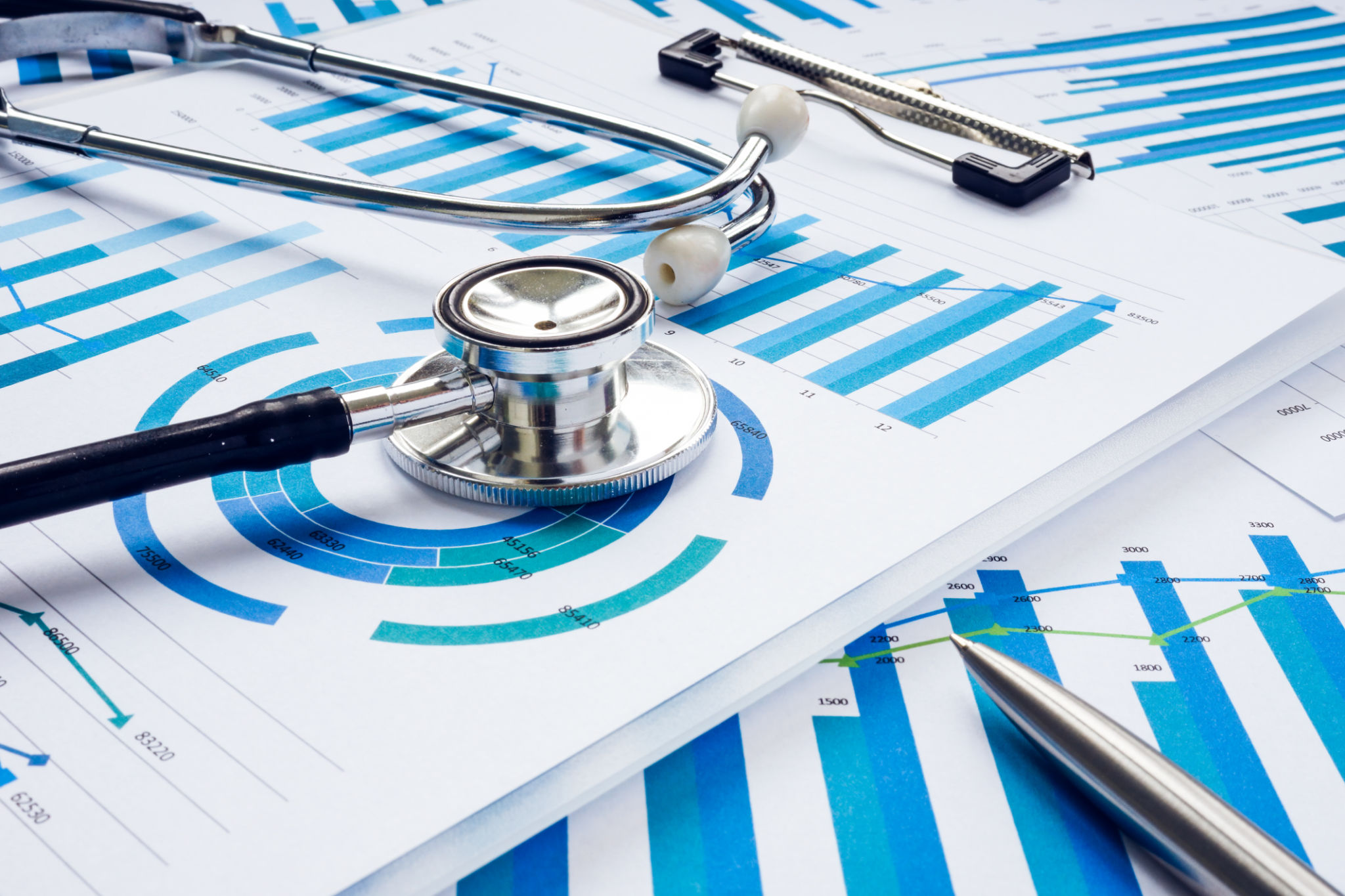A Comprehensive Guide to Healthcare IT Data Analysis in the US
Understanding Healthcare IT Data Analysis
In the United States, healthcare IT data analysis plays a crucial role in improving patient care, optimizing operations, and reducing costs. With the continuous evolution of technology, healthcare providers and organizations are increasingly relying on data analysis to make informed decisions. This comprehensive guide will delve into the key aspects of healthcare IT data analysis, providing insights into its importance and implementation.
Healthcare IT data analysis involves the collection, processing, and interpretation of vast amounts of data generated by healthcare systems. This data comes from various sources, including electronic health records (EHRs), laboratory tests, imaging, and patient feedback. By analyzing this information, healthcare professionals can uncover patterns, trends, and insights that lead to better healthcare outcomes.

The Role of Data Analysis in Patient Care
One of the primary benefits of healthcare IT data analysis is its impact on patient care. Data-driven insights allow healthcare providers to personalize treatment plans, predict patient outcomes, and identify potential health risks. For instance, predictive analytics can help identify patients who are at high risk for chronic diseases, enabling early intervention and preventive measures.
Moreover, data analysis facilitates the development of evidence-based care protocols that ensure consistent and high-quality treatment across different healthcare settings. By leveraging historical data, providers can benchmark performance and implement strategies that enhance patient satisfaction and safety.

Operational Efficiency and Cost Reduction
Healthcare organizations can significantly improve operational efficiency through effective data analysis. By identifying bottlenecks and inefficiencies within workflows, hospitals and clinics can streamline processes, reduce wait times, and optimize resource allocation. This leads to not only cost savings but also improved patient experiences.
Furthermore, data analysis can help in managing supply chain logistics by predicting demand for medical supplies and medications. This ensures that healthcare facilities are well-stocked without over-purchasing, thus minimizing waste and reducing expenses.

Challenges in Healthcare IT Data Analysis
Despite its numerous advantages, healthcare IT data analysis faces several challenges. One major obstacle is data interoperability. Different healthcare systems often use varying formats and standards, making it difficult to integrate and analyze data holistically. Efforts are ongoing to develop universal standards that facilitate seamless data exchange.
Another challenge is ensuring data privacy and security. Healthcare data is highly sensitive, and breaches can have severe consequences. Implementing robust cybersecurity measures and complying with regulations like the Health Insurance Portability and Accountability Act (HIPAA) are essential to safeguarding patient information.

The Future of Healthcare IT Data Analysis
As technology continues to advance, the future of healthcare IT data analysis looks promising. Innovations such as artificial intelligence (AI) and machine learning are expected to further enhance the capabilities of data analysis in healthcare. These technologies can process vast amounts of data more efficiently, providing deeper insights and enabling more accurate predictions.
Additionally, the integration of wearable technology and Internet of Things (IoT) devices will generate even more data for analysis. This real-time data can be used to monitor patient health continuously, leading to proactive care management.
In conclusion, healthcare IT data analysis is an indispensable tool for modernizing the healthcare industry in the United States. By harnessing the power of data, healthcare providers can improve patient outcomes, boost operational efficiency, and navigate the challenges of the ever-evolving healthcare landscape.